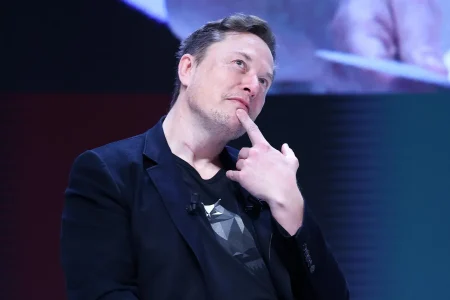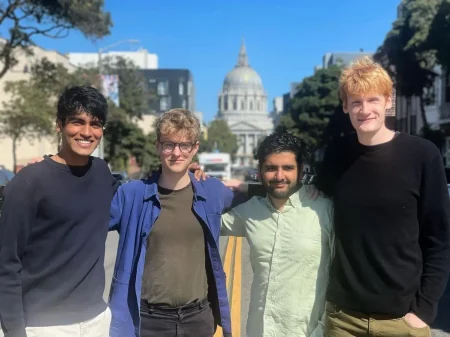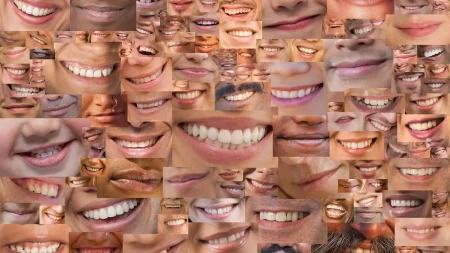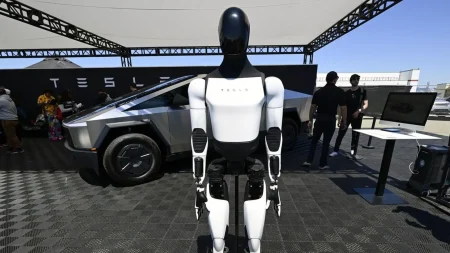When Politics Meets Comedy: The Rise of AI-Generated Political Satire on YouTube
In a surprising turn of events for digital media in 2025, AI-generated slapstick videos featuring world leaders have become an unexpected phenomenon on YouTube. These satirical shorts, which often depict dictators like Vladimir Putin and Kim Jong Un pranking Western leaders like Donald Trump, have accumulated a staggering 2.2 billion views since their emergence earlier this year. To put this popularity in perspective, the official White House YouTube channel has garnered only 88 million views since its creation in 2006, while Comedy Central’s The Daily Show has reached 4.4 billion views over nine years. This unexpected cultural phenomenon raises intriguing questions about the intersection of entertainment, politics, and technology in our digital landscape.
The content itself resembles a bizarre political version of Tom and Jerry or The Three Stooges, with world leaders engaging in outlandish and often violent scenarios. One of the most-watched videos features AI-generated versions of Vladimir Putin and Ali Khamenei setting cartoon bears on Donald Trump and Benjamin Netanyahu after the latter two push Khamenei from an airplane. This particular video has amassed over 20 million views and nearly 150,000 likes. The videos follow recurring themes: Putin dating Melania Trump, leaders pouring oil on each other, dictators trapping Trump in various pits, and wild animal attacks. Set to laugh tracks and comedic music like the Curb Your Enthusiasm theme, these videos maintain a cartoonish style even when depicting outrageous scenarios like assassinations. Account creators claim the content is “just for fun” and “not here to offend anyone,” though the satirical bias is unmistakable.
What makes these videos particularly interesting from a geopolitical perspective is their apparent bias. Trump and Netanyahu are frequently portrayed as victims or buffoons, while Putin, Khamenei, and Kim Jong Un often emerge as clever tricksters who outsmart their Western counterparts. Notably, Chinese leader Xi Jinping is largely absent from the humiliation, appearing in only a few videos where he’s portrayed positively—like one where Trump shines his shoes or another where he laughs while reading Trump’s “Art of the Deal.” Additionally, some accounts have featured less globally recognized figures like Ibrahim Traoré, the Russia-backed leader of Burkina Faso, alongside videos promoting Chinese military parades and Venezuela’s Nicolas Maduro praising Chinese cell phones—topics frequently highlighted in Chinese state media.
The accounts behind these videos have become remarkably influential in YouTube’s political ecosystem. According to platform analytics company Zelf, eight of the ten most-viewed YouTube videos about Trump in 2025 came from this cluster of accounts. The largest account, “Make AI Great Again,” first went viral in April with videos depicting U.S. officials as sweatshop workers in response to Trump’s announcement of aggressive tariffs against China—content that had previously circulated on Chinese social media and was amplified by Chinese and Russian state media. Another account, “Global Presidents,” created just this June, has already accumulated over 660 million views. The channels have expanded their satirical scope to include other world leaders like Indian Prime Minister Narendra Modi, French President Emmanuel Macron, and even Elon Musk.
Experts like Bret Schafer, a senior fellow studying media and digital disinformation at the Alliance for Securing Democracy, suggest these videos may serve dual purposes: generating revenue through YouTube’s monetization system while potentially advancing specific geopolitical narratives. Schafer notes that different accounts seem to have varying motivations—some feature Chinese government talking points, while others focus on regional issues like Balkan dances or Armenia-Azerbaijan negotiations. The choice to feature relatively obscure figures like Burkina Faso’s Traoré—who would not naturally attract large viewership in YouTube’s major markets—coupled with China and Russia’s recent propaganda investments in West Africa, raises questions about potential political motivations behind some of this content. Schafer suggests the accounts appear foreign-created and may blend financial and political objectives.
Despite questions about their origins and potential political motivations, these videos remain within YouTube’s policy guidelines because they are clearly identified as AI-generated fiction. YouTube spokesperson Jack Malon stated the company found no evidence of coordinated influence operations, though they did remove one account called “Cage Carnage” (which had amassed 119 million views) because it was operated by someone previously suspended from the platform. The content has also spread beyond YouTube, with parallel accounts on TikTok accumulating nearly 150 million views and similar content appearing on Instagram Reels. While YouTube hasn’t disclosed how much money these videos have generated for either the platform or creators, the sheer scale of the phenomenon—which took even disinformation experts by surprise—demonstrates how AI-generated content is reshaping political discourse and entertainment in ways that were unimaginable just a few years ago. As viewers continue to consume these satirical takes on world politics, the line between comedy, propaganda, and digital entertainment grows increasingly blurred in our AI-augmented media landscape.













